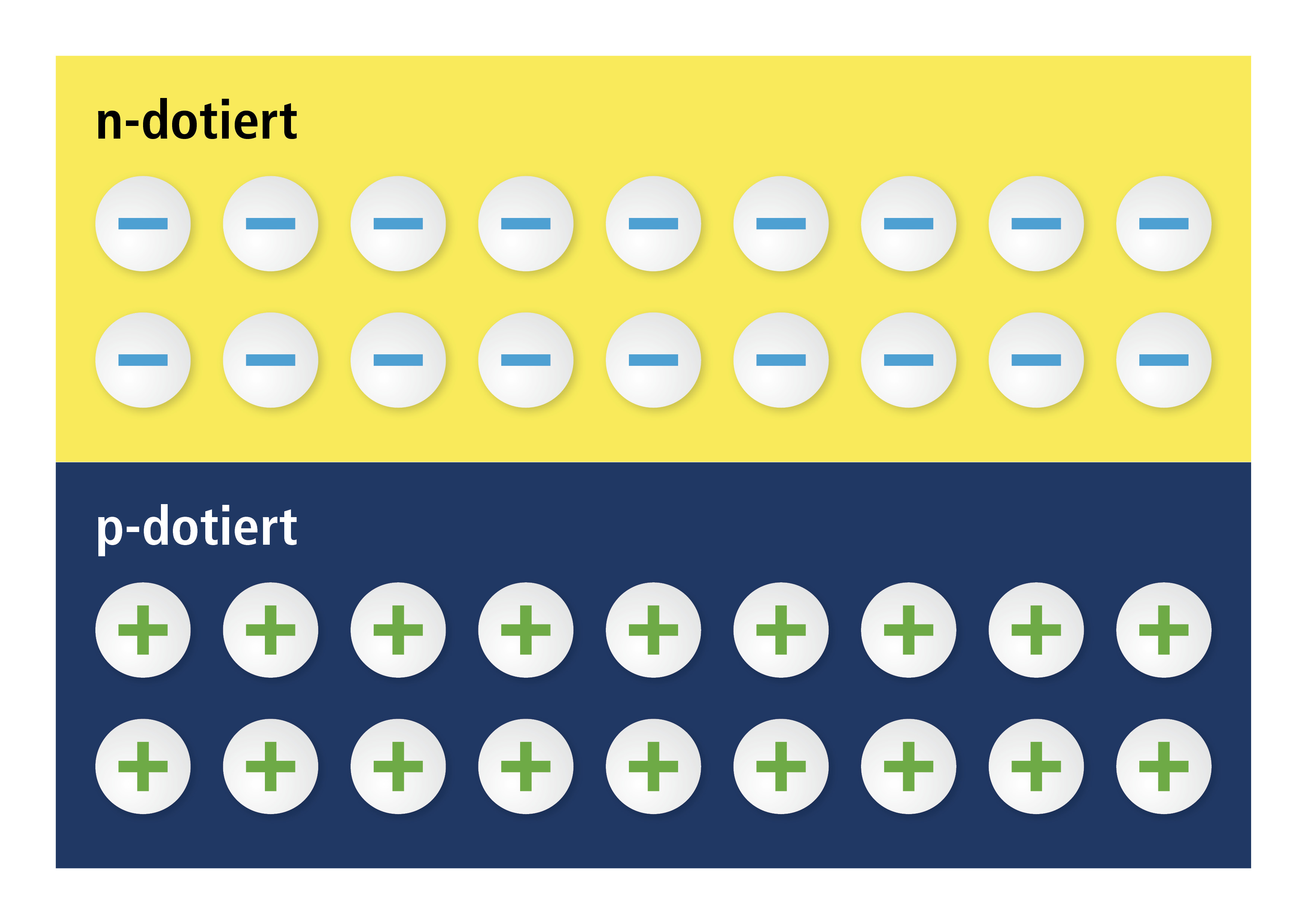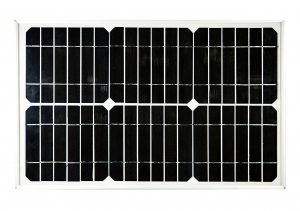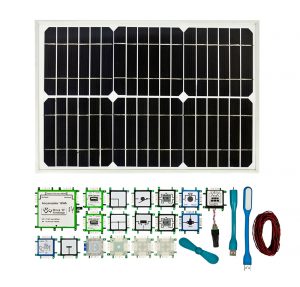
Solar Energy – an introduction
For those of you who liked reading the blog posts “Arduino for dummies”, “Logic for dummies” and “Batteries for dummies” this next one will be the right thing for you.
Today I’ll explain the basics of photovoltaic systems (again being a complete beginner in this field). You probably already came across solar modules or solar panels – but how exactly do they work? This is where we will start today: What does a solar module consist of?
A solar module consists of several solar cells that directly transform sun light into electrical energy. These solar cells are set in series connection which is being realized by soldering the connectors on to the brick solar module (part of our new solar set).
There are rigid modules and flexible ones.
- Flexible modules are based on organic substances.
- The structure of a rigid solar module is as follows: It consists of solar cells based on silicon that are mounted on an aluminum frame and covered by a glass plate. The glass plate saves the solar cells from hail, for example.
A photovoltaic system involves a number of solar modules that are called „solar generator“.
There are on-grid and off-grid photovoltaic systems.
- Off-grid means independant of main power supply. This could be a satellite run by solar energy, for example.
- On-grid means that the generated power is fed into the power supply. This is realized with the help of an inverter. The inverter needs power to synchronize with the power grid. The generated power needs to have the same voltage and phase as the power grid.
In the next blog post, we will go deeper into the matter of solar energy – watch out for it.

 en
en de
de es
es

